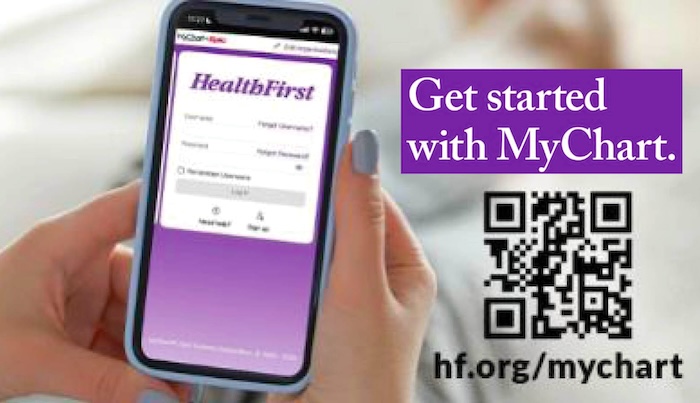Mold Toxicity: What to Do and Steps to Follow
By Space Coast Daily // August 7, 2020

Are you worried about mold? Have you been exposed to mold? More than 50 percent of U.S. homes have mold issues, and 28 percent of the population have genes that increase their risk for mold-related health problems.
If you think you were exposed to mold and worried about your health, keep reading to learn more including steps to make sure you stay healthy from mold toxicity.
What Is Mold Toxicity?
Poisons from mold can cause illness beyond the typical mold allergies, which affect your skin, eyes, and respiratory tract. When your immune system reacts to mold, it creates these allergy symptoms.
Particular molds, such as toxic black mold, can cause long-term effects in some people. These conditions include asthma, chronic respiratory disease, headaches, memory loss, and infant pulmonary hemorrhage. This can lead to autoimmune issues.
What Are Mold Toxicity Symptoms?
If you have a weakened immune system, mold exposure can lead to these mold toxicity. These are common signs of mold toxicity to watch for:
• Joint pain
• Vision issues
• Fatigue
• Headaches
• Weight changes
• Sleep issues
• Mood swings
• Memory loss
• Brain fog or confusion
• Digestive issues
• Light sensitivity
• Tingling or numbness
Typically, mold toxicity symptoms come on quickly. You may see a sudden downturn in your health that you cannot explain. These symptoms also won’t go away.
For more information on if you have mold toxicity, visit microbeformulas.com.
Find the Mold Source
If you have these symptoms, you need to look for the mold source. Look in dark, wet places like your bathroom or basement. You should contact a professional to help you find the mold colony, so you don’t increase your exposure.
You will never fully recover until you eliminate the mold in your house. You may have to pay for remediation services and other expenses to stop the water issues like leaky pipes or roof leak.
Visit the Doctor
Once you know you have mold, it’s time to visit the doctor. Your doctor can help you come up with the right treatment plan to make sure you have what you need to heal. This includes various supplements that can help build up your strength and monitoring of your respiratory system.
Change Your Diet
To get rid of the mold toxins, it’s vital to change your diet to support your immune system. This includes:
• Reducing sugar intake
• Avoid alcohol and yeast
• Cut out certain soft cheeses
These foods can increase your exposure to additional mold. Also, try to avoid soda fountain drinks because there could be unseen mold. Stick to bottled drinks at restaurants.
Drain Your System
This can also help remove the toxins. Make sure you have a bowel movement two or three times a day because this rids your body of toxins. You don’t want the toxins to back up in your system.
You can also visit a massage therapist to drain your lymph system.
Remove Toxins from Your Body
Now that you know a little bit more about mold toxicity, it’s time to remove the mold from your home and help your body remove the toxins through diet, sweating, and proper drainage.
Learn about other ways to improve your health in our Health section, including some exercises to help you sweat out toxins.
CLICK HERE FOR BREVARD COUNTY NEWS













